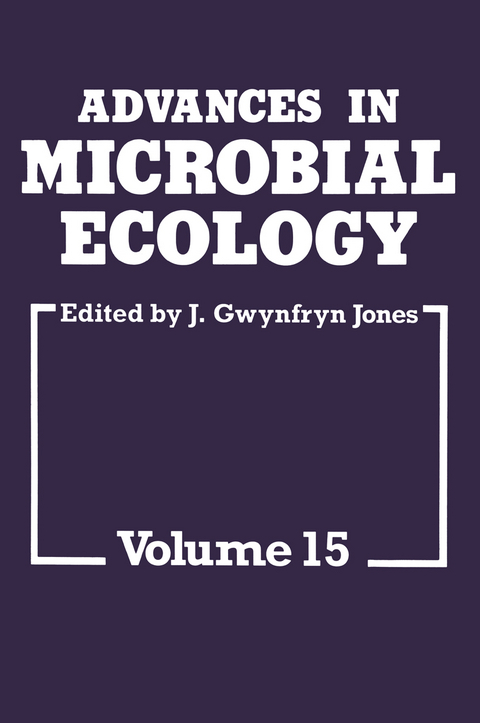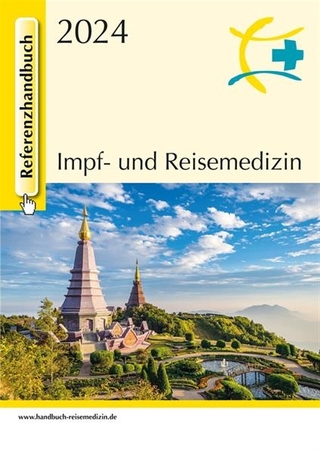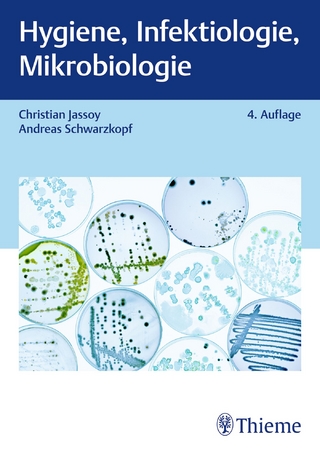
Advances in Microbial Ecology
Seiten
1997
|
1997 ed.
Kluwer Academic/Plenum Publishers (Verlag)
978-0-306-45559-9 (ISBN)
Kluwer Academic/Plenum Publishers (Verlag)
978-0-306-45559-9 (ISBN)
This is the third volume of Advances in Microbial Ecology to be produced by the current editorial board. Volume 15 is no exception in that we have a balance between the prokaryo tic and eukaryotic organisms and a range of subject matter from applied ecology through process ecology to ecological theory.
This is the third volume of Advances in Microbial Ecology to be produced by the current editorial board. I would, therefore, like to take this opportunity to thank my co-editors for all their efforts, particularly in maintaining a balance of subject matter and geographical distribution of the contributions. Volume 15 is no exception in that we have a balance between the prokaryo tic and eukaryotic organisms and a range of subject matter from applied ecology through process ecology to ecological theory. The response from our readers has been encouraging in the sense that the breadth of coverage is much appreciated, particularly by teachers and postgraduate/postdoctoral researchers. However, we still strive to improve our coverage and particularly to move wider than the North America/Europe axis for contributions. Similarly, we would like to see coverage of the more unusual microbes, perhaps a chapter devoted to the ecology of a particular species or genus. There must exist many ecological notes on "rarer" organisms that have not found their way into the standard textbooks or taxonomic volumes; properly compiled these could provide valuable information for the field ecologist. Ecological theory has, until recently, been the domain of the "macroecolo gist. " Recent advances in molecular techniques will ensure that the microbial ecologist will playa more significant role in the development of the subject. We shall not, therefore, change our policy of encouraging our contributors to specu late, permitting them sufficient space to develop their ideas.
This is the third volume of Advances in Microbial Ecology to be produced by the current editorial board. I would, therefore, like to take this opportunity to thank my co-editors for all their efforts, particularly in maintaining a balance of subject matter and geographical distribution of the contributions. Volume 15 is no exception in that we have a balance between the prokaryo tic and eukaryotic organisms and a range of subject matter from applied ecology through process ecology to ecological theory. The response from our readers has been encouraging in the sense that the breadth of coverage is much appreciated, particularly by teachers and postgraduate/postdoctoral researchers. However, we still strive to improve our coverage and particularly to move wider than the North America/Europe axis for contributions. Similarly, we would like to see coverage of the more unusual microbes, perhaps a chapter devoted to the ecology of a particular species or genus. There must exist many ecological notes on "rarer" organisms that have not found their way into the standard textbooks or taxonomic volumes; properly compiled these could provide valuable information for the field ecologist. Ecological theory has, until recently, been the domain of the "macroecolo gist. " Recent advances in molecular techniques will ensure that the microbial ecologist will playa more significant role in the development of the subject. We shall not, therefore, change our policy of encouraging our contributors to specu late, permitting them sufficient space to develop their ideas.
1 Effects of UV Radiation on Phytoplankton.- 2 CASE: Complex Adaptive Systems Ecology.- 3 Roles of Submicron Particles and Colloids in Microbial Food Webs and Biogeochemical Cycles within Marine Environments.- 4 Do Bacterial Communities Transcend Darwinism?.- 5 Ecology of Terrestrial Fungal Entomopathogens.- 6 Mahoney Lake: A Case Study of the Ecological Significance of Phototrophic Sulfur Bacteria.- 7 Ecology and Biogeochemistry of in Situ Groundwater Bioremediation.
| Erscheint lt. Verlag | 30.9.1997 |
|---|---|
| Reihe/Serie | Advances in Microbial Ecology ; 15 |
| Zusatzinfo | 1 Illustrations, color; 78 Illustrations, black and white; XIII, 359 p. 79 illus., 1 illus. in color. |
| Verlagsort | New York |
| Sprache | englisch |
| Maße | 152 x 229 mm |
| Themenwelt | Medizin / Pharmazie ► Medizinische Fachgebiete ► Mikrobiologie / Infektologie / Reisemedizin |
| Medizin / Pharmazie ► Studium | |
| Naturwissenschaften ► Biologie ► Mikrobiologie / Immunologie | |
| Naturwissenschaften ► Biologie ► Ökologie / Naturschutz | |
| Veterinärmedizin | |
| ISBN-10 | 0-306-45559-5 / 0306455595 |
| ISBN-13 | 978-0-306-45559-9 / 9780306455599 |
| Zustand | Neuware |
| Haben Sie eine Frage zum Produkt? |
Mehr entdecken
aus dem Bereich
aus dem Bereich
und Erste Hilfe an Bord
Buch | Softcover (2024)
MWV Medizinisch Wissenschaftliche Verlagsgesellschaft
39,95 €


